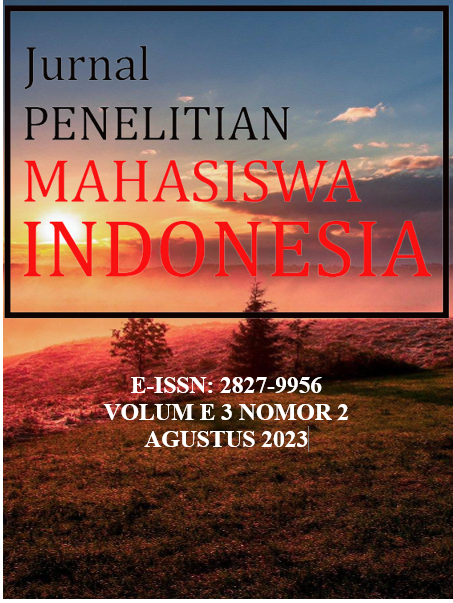Chosen Language by Indonesians People in Their Daily Life: Case Study of 'Gaul' Language & Malay Language
DOI:
https://doi.org/10.36663/jpmi.v3i2.504Abstract
Formal language is not always used in everyday conversation in Indonesia. Many younger generations feel that formal language does not suit their lifestyle and how they want to talk among friends. The phenomenon of these alternate languages of Indonesian, known as the Bahasa Gaul language, reminded us of how the formal Indonesian language is influenced by many Austronesian Languages such as Malay. This article aims to explore the phenomenon of sociolinguistic change that happens to Indonesians and the language they use daily. The case study of the Gaul Language and Malay Language is used to gauge how much these two languages have created or affected the usage of the Formal Indonesian Language itself. The method used in this article is a phenomenal qualitative research method and instrumental case study. The result of a case study about how the Indonesian language emerged from the uses of the Malay Language in the Indonesian Archipelago and the rise of Bahasa Gaul in young Indonesian societies, can be seen as the fulfillment of an alternative way of saying things that would not be seen as 'Kaku' or rigid in daily communication and conversation among Indonesian people.






